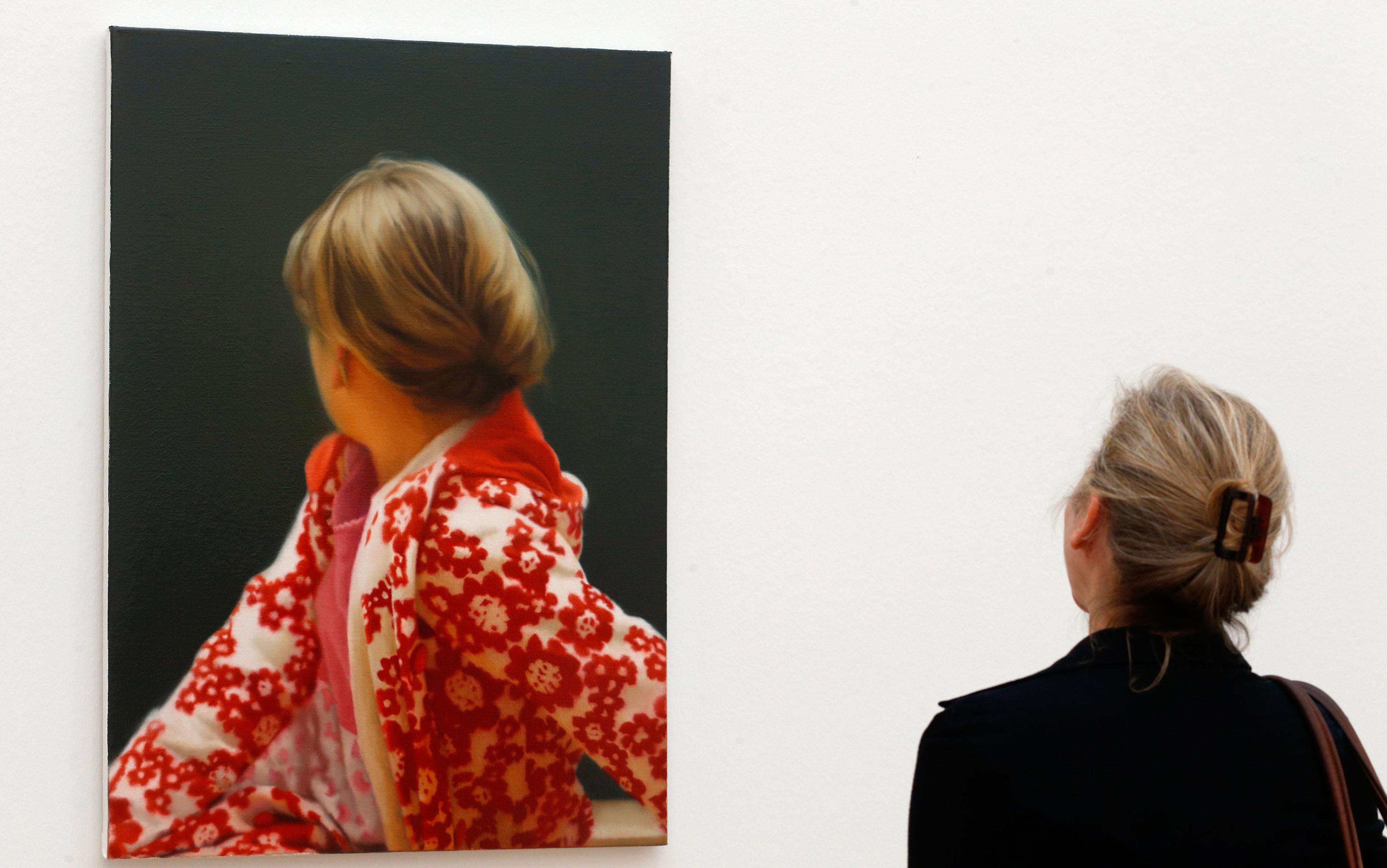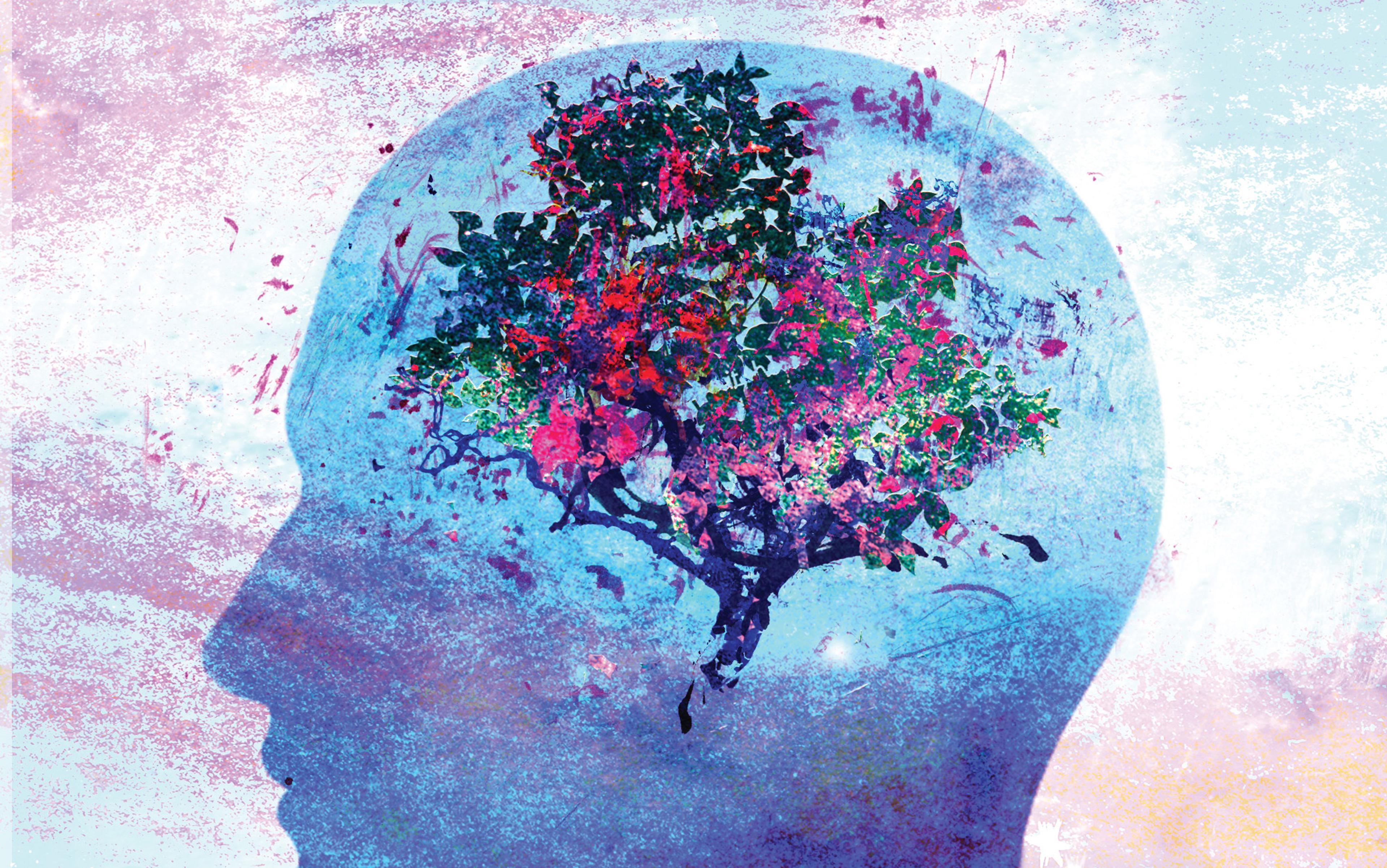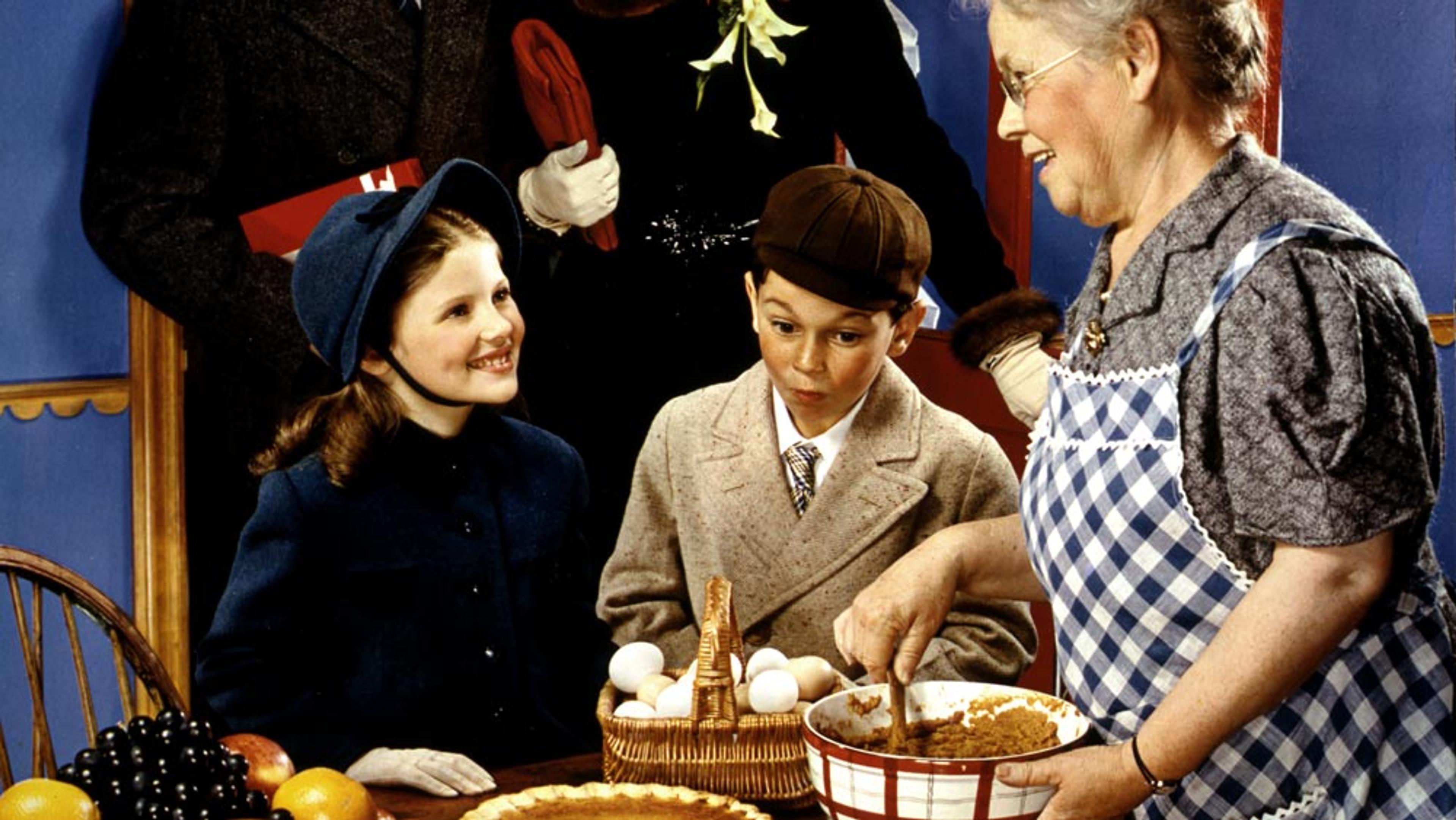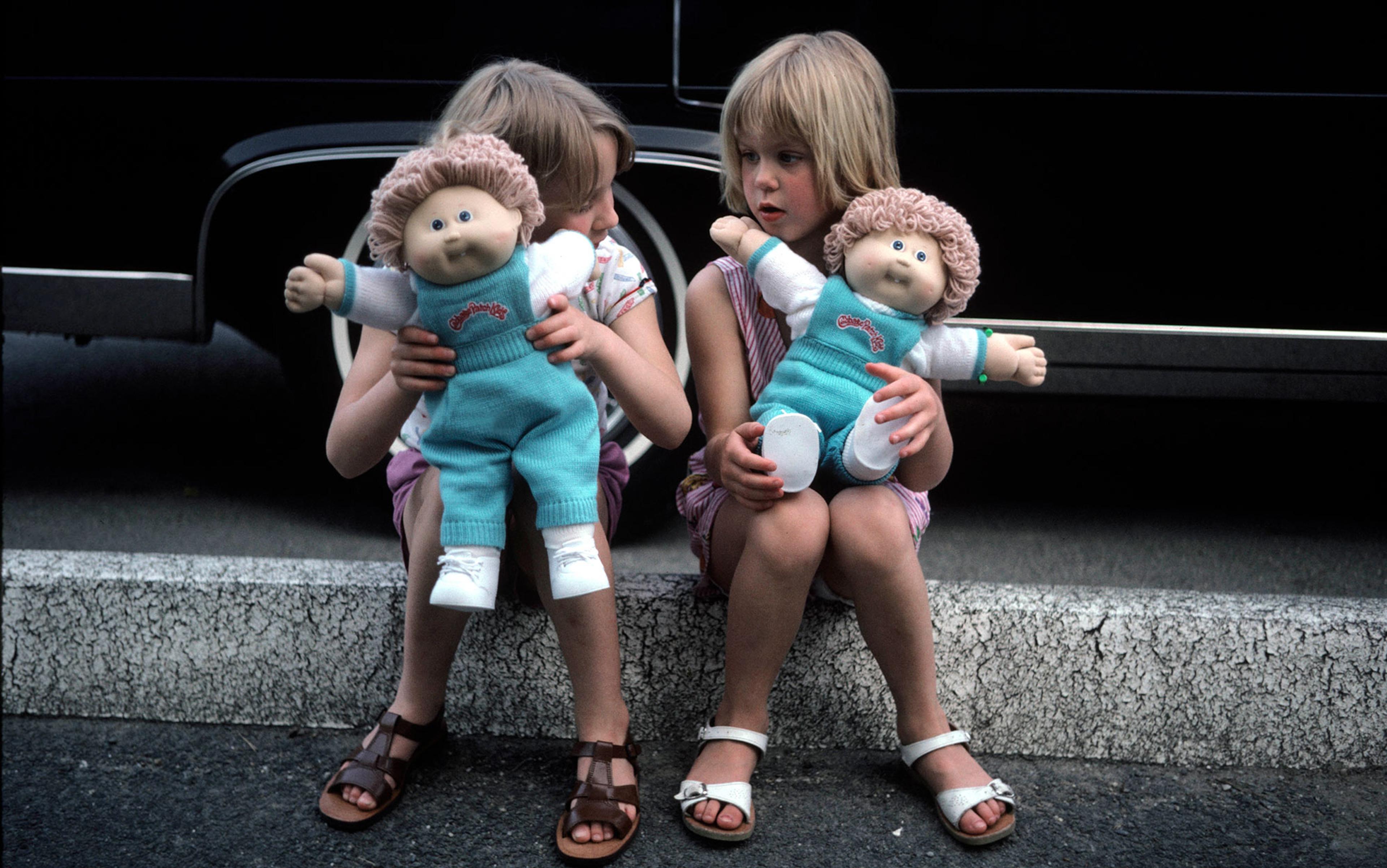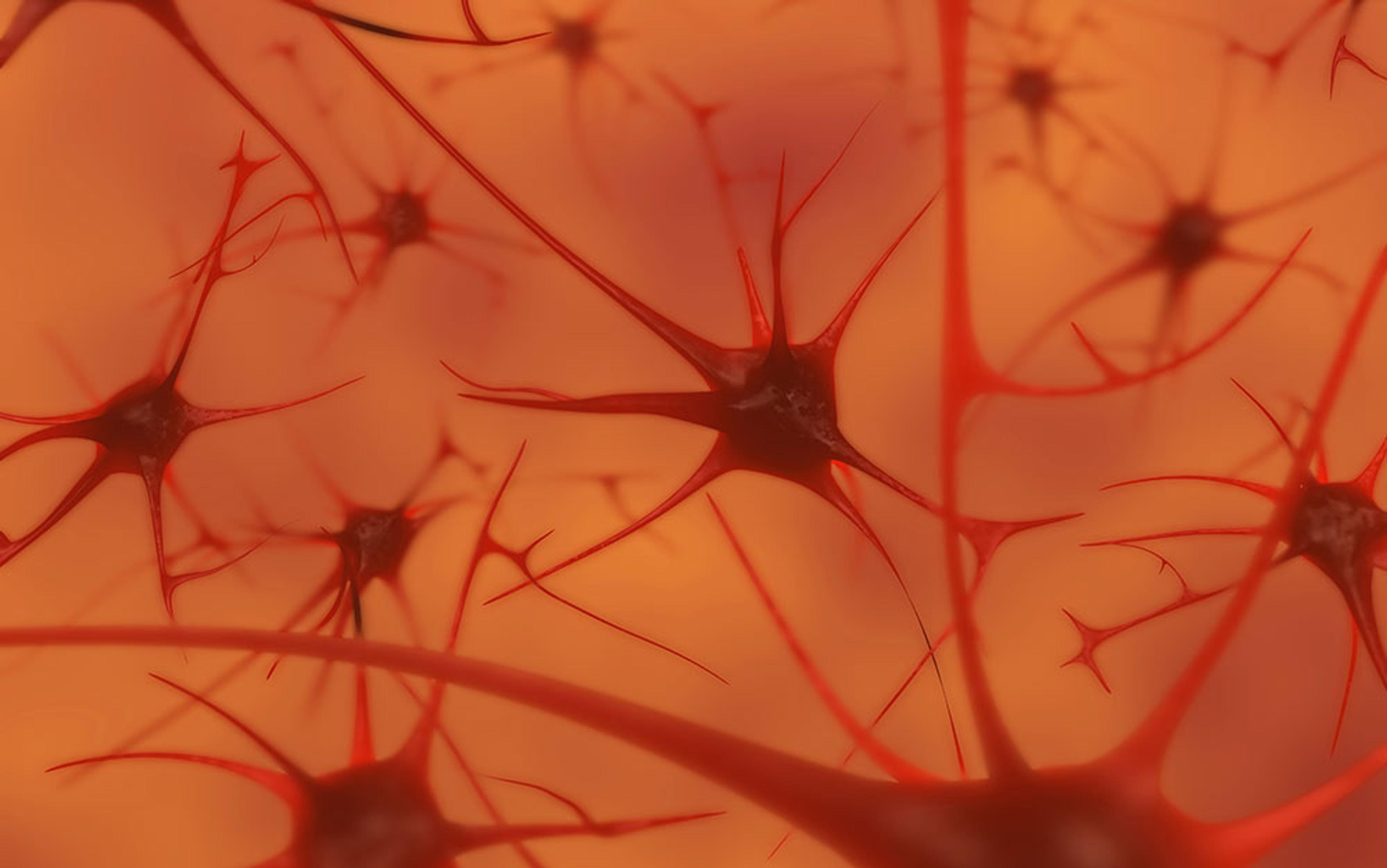I teach a course on personal identity, and one of the authors we read is John Locke, the 17th-century English philosopher who tells us that our memory constitutes who we are. He poses the following thought experiment: if a prince and a cobbler were to exchange memories, so that the body of the cobbler carried with it the prince’s memories and the prince’s body carried the cobbler’s memories, who would be whom?
Locke tells us that, to other people, the cobbler’s body would still seem to be the cobbler and the prince’s body would still seem to be the prince, but from the internal perspective – which is the one that matters – the cobbler would think he’d landed in a new body, and the prince would think the same. That is, this would be a body transplant for the cobbler and the prince, whose identities would have travelled to new bodies, the princely identity cobbled onto the cobbler’s body; the cobbler’s identity nobly arrayed.
And so, we imagine, the prince inside the cobbler’s body would be declaring to all and sundry that he was not a cobbler, but was in fact a prince. The cobbler might be a little happier with his new body but would, to himself, still be the cobbler with a particular past and history that now, presumably, includes being given a new body.
Of course, we no longer imagine that memories and what Locke calls ‘consciousness’ could be disembodied and re-embodied in this way. However, if you just add a brain to this story, then people start to think it’s more plausible. That is, if we say instead that the cobbler’s brain is put into the prince’s body, and vice versa, people usually think that this thought experiment makes more sense. And though the medium of identity transport changes, one thing does not: the sense that many of us have that our identities are constituted by our memories, and those are ‘inscribed’ in our brains in some mysterious way.
This summer, I had a dinner party at my house, and the discussion turned to the malleability (or lack thereof) of sexual identity. A lesbian friend insisted that she, for one, did not have a malleable sexual identity. She’d always been attracted to girls, she said, even before she had the kind of terminology that would have made sense of that, and told the story of her early crush on a female teacher. I asked how she could be certain that this wasn’t a mundane memory of the usual teacher crush, and why she interprets it as a sign of something larger. She answered that she remembered it very clearly, and so it couldn’t be that she was misremembering. That memory was her evidence, she said, that her sexuality, at least, was not malleable. Its vividness told her that it was true, and that it was the basis upon which she knew that she was ‘born’ gay.
I raised the usual objections about the reliability of memory. Another guest, a biologist (hetero-, for the record) who studies marine invertebrates, objected to my suggestion that this memory might have undergone some revision, saying that she thought that recent memories might be prone to such rewriting, but that important memories from long ago were less susceptible to that process. Those, she thought, were more reliable as touchstones of truth. I doubted that there was empirical evidence for that claim, but I dropped the subject anyway. People don’t generally like it when you start challenging the accuracy of their memories, at least when it comes to these kinds of things. Challenge your friend’s memories about what she ate for lunch the other day – OK. But challenge your friend’s memories about these central elements of her history, and your intellectual discussion becomes something much less benign.
If forgetfulness serves the goal of bliss, who wouldn’t pursue it?
Going along with Locke’s view of memory as identity is the narrative theory of identity – the idea that one forges and maintains an identity by weaving a coherent narrative out of memories, tying one’s present to one’s past. Memory and the process of remembering are essential to this. Forgetting is an enemy, causing narrative gaps and undermining the sense of having a coherent narrative.
But that does not seem to be the end of the story. Some people court forgetfulness. My students like to quote the old adage that ‘ignorance is bliss’ when we talk about memory and forgetting; from this they think it follows, as night follows day, that ignorance is to be preferred to knowledge when such knowledge undermines happiness. If forgetfulness serves the goal of bliss, who wouldn’t pursue it? Yet our relationship to our memories, and their accuracy, complicates this story.
Lois Lowry recently gave an interview about the new film version of her children’s science-fiction novel The Giver (1993), in which she said that what made her interested in writing that book was an experience with her father, who had lost many of his memories with age. The Giver presents us with a world in which forgetting is the entry fee that must be paid for happiness – or at least it is the price to pay to avoid war, envy and greed. Oddly, people often refer to the novel as ‘dystopian’; one would think that a book in which there is peace and plenty would be ‘utopian’. But it seems that most assume that the ability to remember things accurately is too valuable to be given up, even for such valued aims. So memory is part of who we are, but memories can be painful, and can interfere with happiness, making things more difficult for the better angels of our nature to hold sway. If happiness requires forgetting, it seems, some of us would rather have the unhappiness.
In the 1960s, my maternal grandmother received treatments for what was then called ‘a nervous breakdown’. She spent some time at what was the Marcy State Hospital, near Utica in New York State. After she was discharged, she continued to receive out-patient treatments in Syracuse as well. The regimen was electroconvulsive therapy (ECT), also called ‘electroshock’. I don’t really know if it worked, since I didn’t know what my grandmother had been like before the treatments, though it seems to have cured the most troubling symptoms.
According to my Auntie Carol, sometimes my grandmother would just ‘not be there’. She would bang repetitively on things – windows, plates – until they broke. ‘She didn’t know what she was doing,’ Auntie Carol says, when I ask about the symptoms. It’s not something that my mother and her sisters like to talk about. Courting forgetfulness seems to be the dominant strategy when it comes to painful elements of the family history. One can see the appeal. Indeed, what I have heard other writers refer to as ‘misery porn’ seems to be a vice born of too much remembering; too much of a willingness to talk about one’s sufferings. Sometimes not talking and not remembering seem like virtues.
ECT was introduced in 1938 to control difficult or violent mental patients, pioneered by a neurologist at the Sapienza University of Rome. Since the time my grandmother was treated, in the 1960s, the technology has been refined so that sessions are now less arduous and the side-effects less extreme.
Today, ECT involves administering a current of 0.9 amps to the patient by means of electrodes attached to one or both sides of the head. An anesthetic or sedative is given intravenously for the procedure, and patients get 100 per cent oxygen through a mask that covers the nose and mouth. The patient’s muscles are temporarily paralysed with the drug succinylcholine; this is to prevent the violent jerking motions that, in the early days of the treatment, led to broken bones.
ECT still has a bad image, thanks to movies such as One Flew Over the Cuckoo’s Nest
The treatment involves passing an electrical current through the patient’s brain with the goal of inducing a grand mal or tonic-clonic seizure, in today’s terminology. This ‘brain seizure’ is the element of the therapy that makes it effective. The twitching toes, clenched fists, or heaving chest are some of the signs that the seizure has occurred, and clinically effective seizures generally last from about 30 seconds to just over a minute. Upon awakening after the procedure, patients might suffer from headache, nausea, temporary confusion and muscle stiffness.
ECT became a treatment of last resort in the late 1970s, even as it was being refined, usually when medications lost their effectiveness or had such unpleasant side-effects that nothing else would help. Its public image is still mostly bad, something that Max Fink, a neurologist emeritus at the Stony Brook School of Medicine in New York and author of Electroconvulsive Therapy: A Guide for Professionals and Their Patients (2008), attributes to the influence of movies, particularly One Flew Over the Cuckoo’s Nest (1975). Nevertheless, Kitty Dukakis, the wife of the former governor of Massachusetts, wrote a book in which she claimed that it saved her life; the late US novelist David Foster Wallace opted for it twice, once when he first started to suffer from depression, and again when he lost confidence in antidepressants. The first time seems to have helped, but the second was only about a year before his suicide.
I was surprised by how favourably ECT was portrayed in the movie Autumn Leaves (1956). Joan Crawford plays Millie, the significantly older woman married to a mentally ill young man named Burt. Reluctantly, she has him committed to a psychiatric institution. As Burt enters the room where his treatment is to take place, his terror-stricken cries seem to portend an ECT horror story – yet, in fact, one sunny day he walks out of the hospital, takes Millie’s hand, and they walk off to enjoy married life once more.
Today, studies show that ECT has a fair shot of working for patients with refractory depression who fail drug therapy – patients for whom there is otherwise no treatment at all. Though the exact mechanism of ECT is unknown, neuroscientists now say that it works by inducing neuroplasticity in the brain, especially in those with small hippocampi, the seahorse-shaped regions on either side of the brain involved in consolidating memory. A paper published in Biological Psychiatry this March shows that ECT increases the volume of both the hippocampus and the amygdala, a brain organ that is a seat of emotion and fear. Moreover, the smaller the hippocampi at the start of ECT therapy, the more likely a patient is to improve. All this might start to explain why a seizure, induced by the passage of huge volts of electricity through the brain, restores in the desperate and suicidal a will to live once more.
Memory loss is a fairly common complaint of those who have undergone ECT. In fact, it is the side-effect that many find most horrifying, and that seems to be ineradicable. Specialists who have studied it and tried to improve the therapy admit that there is a limit to the extent to which this side-effect can be controlled. Nevertheless, they say that the memory loss is mostly short-term, and that critics have over-emphasised it. If the trade-off is between some short-term memory loss and a life-saving treatment, they ask, who wouldn’t take the memory loss?
My mother once told me that after her treatments, my grandmother wouldn’t remember things. Not big important things, but things that you wouldn’t expect people to forget. Where she was the day before or after a treatment. Who drove her. This was more disturbing to my mother, I think, than it was to my grandmother.
What I remember, very vividly, is a visit my grandmother and my aunts made to our house when I was very little – four, or maybe five. It must have been soon after a treatment, or maybe soon after my grandmother was released from her stay at Marcy, because they all spoke in rather hushed tones. Usually, when they got together for tea in the middle of the day on a weekday, they laughed, their voices rising almost to yells as they joked excitedly and teased each other. It was a warm day, I think – I remember that the house was warm, that we all gathered around the small faux-wood kitchen table in our tiny house. The walls were painted a light lemon yellow; Auntie Carol brought donuts in a large white box, which she’d picked up after doing her morning school bus run. I picked some dandelions to give to my aunts and my grandmother.
I liked to sit at the table with them, pretending to be a grown-up, listening to their chatter, drinking tea. I had just started to try to copy their habit of tea-drinking, and I watched my grandmother, to see how she engaged the ritual. Her hand trembled, and her teacup rattled against the little china saucer underneath as she accepted her cup of tea and raised it to her mouth. Thinking that this was part of the ceremony, I, too, made my hand tremble so that my teacup would rattle against the saucer. Did someone interrupt my attempt at imitation before my grandmother saw? I don’t think so. I feel ashamed when I think of this, even now.
I have often wondered if I remember this scene correctly. It is as if I can bring it all back with a little effort – the brown kitchen table; the white hulking stove; the warmth of the day; my aunts, mother, grandmother and me packed tightly around the tea set; my brown hands attached to thin brown arms shakily lifting the teacup to my mouth. I hear the rattle of the cup against the saucer.
I expect that most of us have these kinds of memories: things we remember doing, perhaps minor, that get magnified through remembering, and squat there like ugly gargoyles that we can’t get past and can’t exorcise. If that is so, then the question seems even more important: why is it that we value remembering, and remembering truly, so much?
Imagine that your unpleasant memories aren’t about the petty meannesses or insensitivities that we all experience and enact, but are about large, awful things you’ve done, or that have been done to you. It would seem, then, that forgetting should be your goal, not remembering.
Part of the problem seems to be that the things we forget are not necessarily the things we want to forget: where we put the car keys; the name of that classmate at our 25th reunion; when our doctor’s appointment is. And the things we remember might not always be the things we want to remember.
remembering is truly important to our histories, even though there are benefits to forgetfulness
But what if you could remember things that you did, or that happened to you, but without the pain or emotional colouring? If you could remember painful things – things you said in anger; things you did that you regret; trauma; abuse – the same way you remember that 26 November 1993 was a Friday, or the name of your first‑grade teacher, or who played third base for the Yankees in the 1978 sudden-death game against Boston?
Assume, for the sake of the example, that you still got pleasure from good memories: from remembering your daughter’s toddlerhood, or your graduation day. It would be just the bad memories that you’d view in a detached manner, as if they had happened to a third person. If we could remember bad memories without their pain, we could preserve the sense that remembering is truly important to our histories, and yet still gain the benefits of forgetfulness. If the people in The Giver could all remember the tragic history of human strife, but not feel any painful or negative emotions about those events, would we not have the same happy and peaceful society achieved in the book by forgetting? If, for instance, those suffering from post-traumatic stress disorder could still remember the trauma, yet recount and remember it with detachment, it would seem that we have preserved their memories while also allowing them to be happier.
If you, like me, find this vaguely disturbing, then why? Is it just irrational? Or have we, by removing the emotional and affective element of the memory, changed it? Has it been transformed from the memory of an experience to the memory of a fact, and, in that transformation, been falsified despite our best efforts at preserving the truth of memory while eradicating its emotional content? To put it another way: are some memories in their very essence painful, because they are experiential, rather than simply factual? And must remembering things accurately retain that aspect?
I often wonder if my grandmother’s ‘nervous breakdown’ was just an instance of too much truth. Perhaps she was just a woman with too many children and too little food and money during the Great Depression, a person whose husband was intermittently discriminated against and unemployed because he was a German in the US during World War II. Just maybe, a good dose of forgetfulness was all the cure she needed. I think about my students who are haunted by the memory of their own misdemeanours, or by minor trespasses or cruelties perpetrated against them, and in those cases I am fairly confident that some forgetfulness is in order, otherwise self-flagellation and vendettas lie ahead.
But then there are the people who seem to forget too easily, who have little trouble getting beyond the memory of the cruelties and crimes for which they’ve been responsible. And they, I think, could use a dose of memory-enhancement, assuming that it would have the appropriate chastening effect. Then there are the saints: those who, seemingly with ease, forget the wrongs done them and go on to lead lives free of recrimination. They, it seems, are of another species, but still live among us.
Though the brain is an anatomical organ that functions through complex electrochemical processes, if we think that our questions about memory and forgetting are answered in those terms, we have missed something important. Remembering truly and forgetting well are questions not just about the anatomy and electrochemistry of the brain, but about what kinds of animals we are, who think that the questions of memory, truthfulness and happiness are themselves important.
